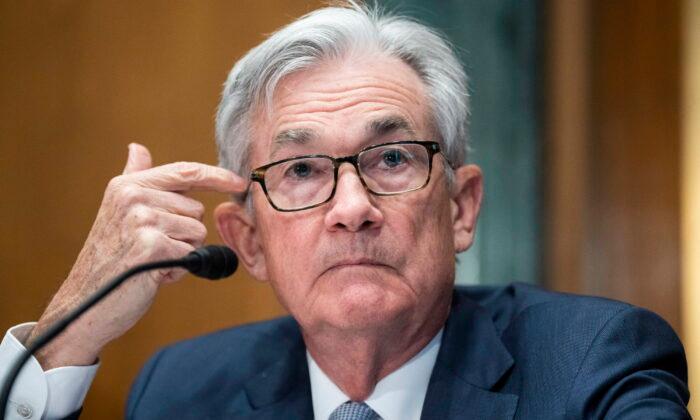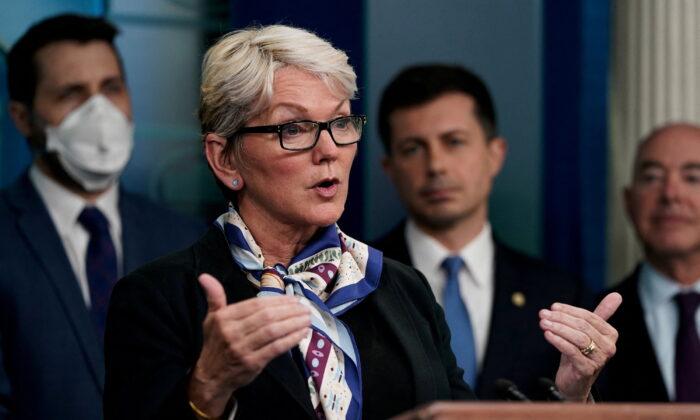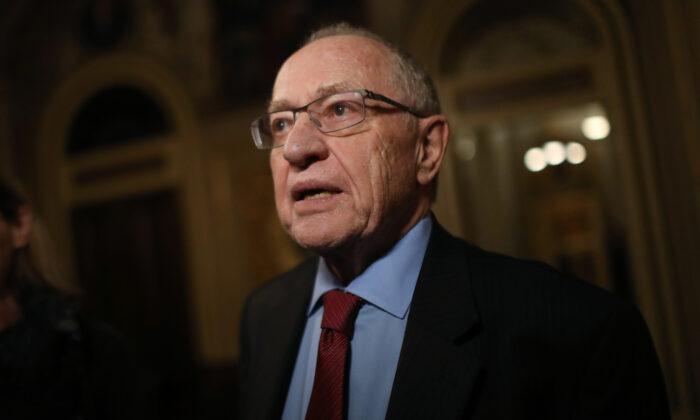The increasing use of stablecoins—cryptocurrencies which try to offer price stability by pegging their market value to a reserve asset—has triggered concerns at the Federal Reserve, with the central bank’s latest financial stability report warning that these digital assets are “prone to runs.”
“These vulnerabilities may be exacerbated by a lack of transparency regarding the riskiness and liquidity of assets backing stablecoins. Additionally, the increasing use of stablecoins to meet margin requirements for levered trading in other cryptocurrencies may amplify volatility in demand for stablecoins and heighten redemption risks.”
The President’s Working Group on Financial Markets, the Office of the Comptroller of the Currency, and the Federal Deposit Insurance Corporation have made recommendations to address potential risks posed by stablecoins.
On March 9, President Joe Biden issued an executive order which instructed a coordinated interagency approach to the development of digital assets. The order asks the Financial Stability Oversight Council to issue a report on the risks to financial stability posed by such assets as well as regulatory gaps that need to be addressed.
The total aggregate value of stablecoins as of March 2022 was $180 billion. The three largest issuers of stablecoins—Tether, USD Coin, and Binance USD—make up a combined 80 percent of the total market value. With a market value of $83 billion, Tether, pegged to the U.S. dollar, is the biggest stablecoin.
Speculative assets like digital currencies have been hit hard in the past few months as central banks tighten monetary policy in the face of elevated inflation.
On May 4, the Federal Reserve raised interest rates by 50 basis points, the first such increase since 2000. The central bank also has plans for additional increases and intends to shrink its $9 trillion balance sheet as it tackles the worst inflation since 1981.
“A sharp rise in interest rates could lead to higher volatility, stresses to market liquidity, and a large correction in prices of risky assets, potentially causing losses at a range of financial intermediaries, reducing their ability to raise capital and retain the confidence of their counterparties,” the Fed said in the May 9 report.
The effect of tightening monetary policy has been visible in the digital currencies market, with leading cryptocurrency bitcoin recently falling below $31,000 for the first time since July 2021.






Friends Read Free